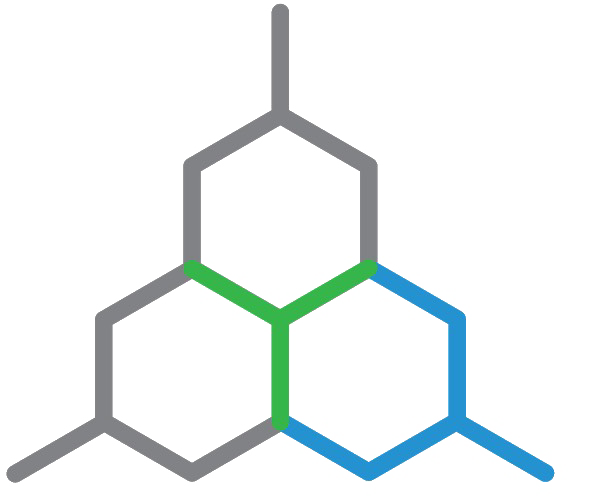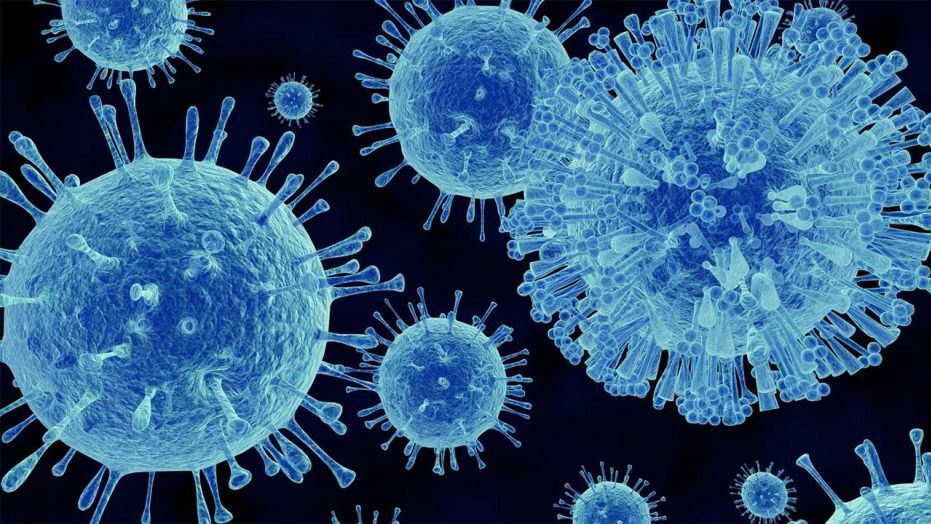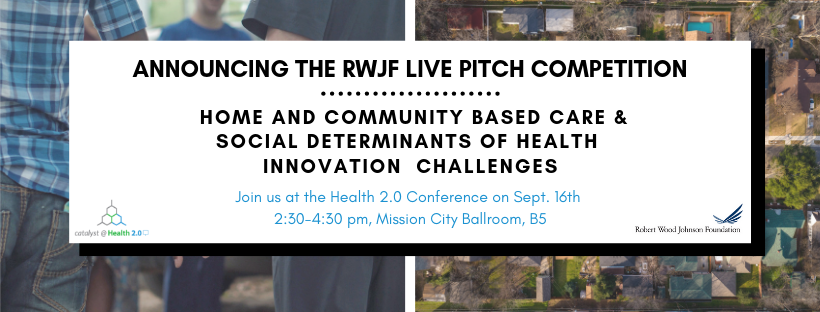Study Shows Wireless Tech Effective for Medication Adherence
A recent study explored the effects of wirelessly observed therapy (WOT) on medication adherence in tuberculosis (TB) patients. WOT includes an ingestible sensor and external wearable patch paired with a mobile device that detects and records the ingestion of medication. Researchers found WOT was as accurate as in-person observations and better at supporting confirmed daily adherence. In addition, patients preferred WOT over in-person observation. Medication adherence is crucial to treat TB and prevent its spread; thus, WOT may be an impactful method to facilitate patients’ self-management of their medications and ensure they complete their treatment.
Amazon's Textract Innovates Simple Optical Character Recognition
Amazon has made its next leap into the digital health market. Textract is the latest of Amazon’s AI and Cloud tools to become HIPAA eligible. The technology reduces labour intensive work like manual data entry by accurately and effectively analyzing documents using machine learning-- bypassing the need for human intervention or customization. Textract is already being explored by companies such as Cambia Health Solutions and Change Healthcare to optimize care coordination and streamline administrative processes. The ability to customize Textract and utilize it in HIPAA compliant ways, will expand how health care providers can use the tool.
Smartphone-based Interventions Can Positively Impact Behavior
A study conducted by researchers at Stanford University found that behavioral interventions, delivered through a smartphone, significantly increased daily short-term physical activity. The trial was run through the MyHeart Counts App. Following a baseline period, participants were assigned one of four different smartphone-based interventions such as hourly prompts and personalized coaching messages. Results indicated that all four interventions significantly increased mean step count when compared to baseline, suggesting that digital interventions delivered via mobile apps can impact behavior. In addition, the medium through which the study itself was conducted, an iPhone, illustrates how technology can reduce barriers to entry for individuals to participate in research. This study is the latest to examine the intersection between research and health tech, highlighting the interest in digital behavioral tracking and optimization.











